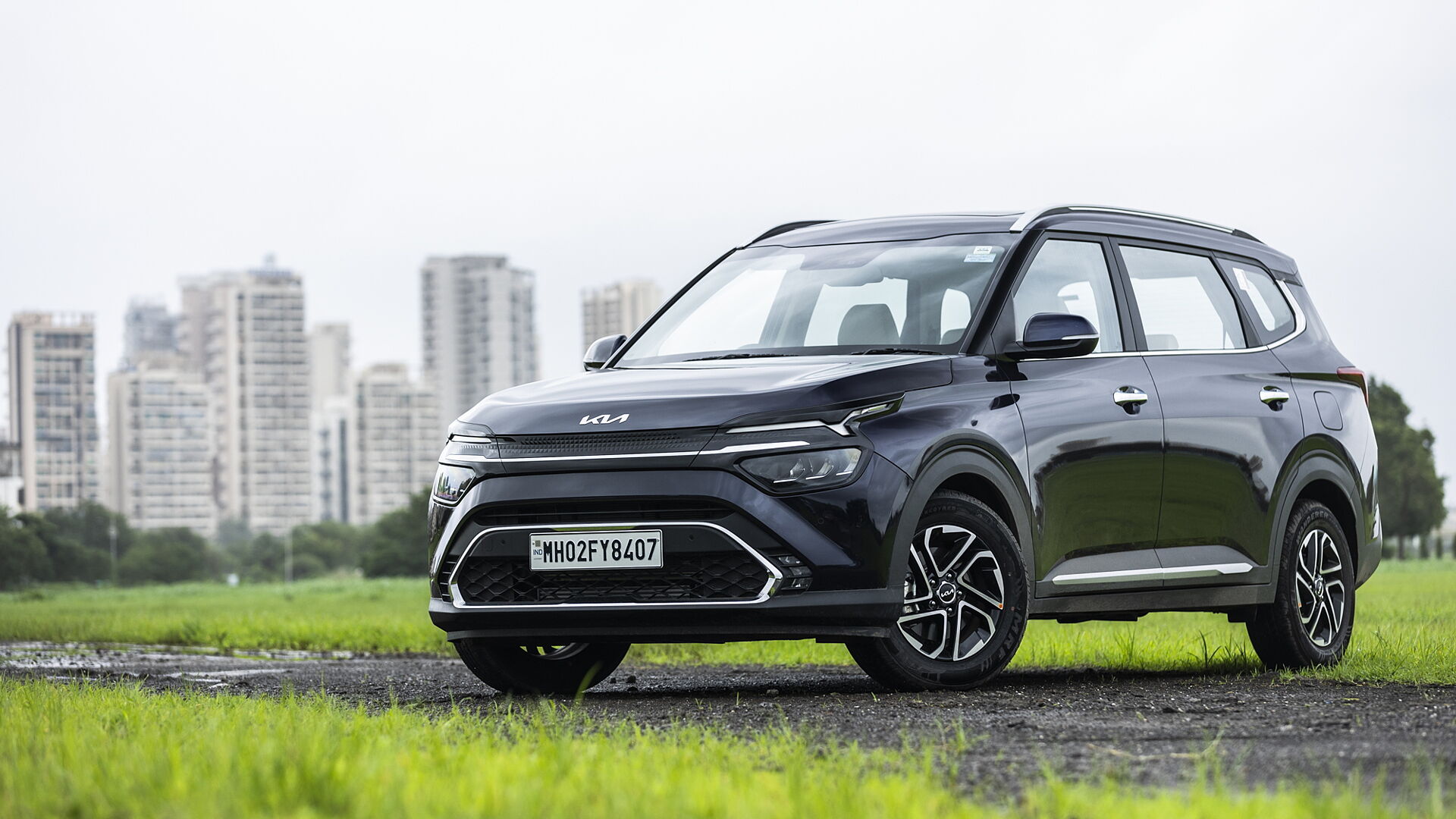Introduction
The Safety Of A Vehicle Is A Paramount Consideration For Potential Buyers, And The NCAP (New Car Assessment Program) Rating Is A Crucial Indicator Of A Car’s Safety Performance. In This Comprehensive Guide, We Will Delve Into The Kia Carens NCAP Rating, Exploring The Testing Process, Implications Of The Rating, And The Safety Features That Contribute To The Overall Safety Profile Of This Popular Vehicle.
Understanding The Kia Carens: A Brief Overview
The Kia Carens Is A Versatile And Family-Friendly MPV (Multi-Purpose Vehicle) Known For Its Spacious Interior, Advanced Technology Features, And Stylish Design. As Safety Is A Top Priority For Kia, The NCAP Rating Serves As A Key Metric For Evaluating The Carens’ Safety Performance.
The Significance Of NCAP Ratings: An Introduction

- What Is NCAP? The New Car Assessment Program (NCAP) Is An Independent Organization That Evaluates The Safety Performance Of Vehicles. NCAP Conducts Rigorous Tests To Assess Various Aspects Of A Car’s Safety, Providing Consumers With Valuable Information To Make Informed Decisions.
- Why NCAP Ratings Matter: NCAP Ratings Offer An Objective And Standardized Way To Compare The Safety Performance Of Different Vehicles. A Higher NCAP Rating Generally Indicates Better Safety Features And Performance, Providing Peace Of Mind For Potential Buyers.
The NCAP Testing Process: Unveiling The Rigorous Evaluation
- Crash Test Components: NCAP Testing Involves Comprehensive Crash Tests, Including Frontal Impact, Side Impact, And Pedestrian Protection Assessments. These Tests Simulate Real-World Scenarios, Evaluating How Well A Vehicle Protects Its Occupants And Pedestrians In The Event Of A Collision.
- Frontal Impact Test: The Frontal Impact Test Assesses How Well The Vehicle Protects Occupants In A Head-On Collision. It Evaluates Factors Such As Cabin Integrity, Airbag Effectiveness, And Overall Structural Design.
- Side Impact Test: The Side Impact Test Evaluates The Protection Provided To Occupants In The Event Of A Side Collision. It Considers The Structural Integrity Of The Vehicle’s Side Panels And The Effectiveness Of Side Airbags.
- Pedestrian Protection Test: In The Pedestrian Protection Test, The Vehicle’s Design Is Assessed To Minimize The Risk Of Injury To Pedestrians In The Event Of A Collision. This Includes Features Like A Pedestrian-Friendly Front End.
Kia Carens NCAP Rating: Decoding The Results

- 5-Star Rating: A 5-Star NCAP Rating Indicates That The Kia Carens Performed Exceptionally Well In The Safety Tests. This Suggests A High Level Of Occupant Protection, Structural Integrity, And The Inclusion Of Advanced Safety Features.
- 4-Star Rating: A 4-Star Rating Signifies A Good Level Of Safety Performance. While The Carens May Have Performed Well In Certain Aspects, There Could Be Areas Where Improvements Could Enhance Overall Safety.
- 3-Star Rating Or Below: A Lower NCAP Rating Suggests That The Carens May Have Shortcomings In Specific Safety Aspects. This Could Include Issues Related To Structural Integrity, Airbag Effectiveness, Or Other Safety Features.
Components Contributing To Kia Carens Safety
- Structural Integrity: The Kia Carens Is Designed With A Strong And Robust Structure To Absorb And Distribute Impact Forces During A Collision. The Structural Integrity Is A Foundational Element Contributing To Occupant Safety.
- Airbag System: The Carens Is Equipped With An Airbag System Designed To Provide Crucial Protection To Occupants In The Event Of A Collision. The Number And Placement Of Airbags Contribute To Overall Safety.
- Anti-Lock Braking System (ABS): An Anti-Lock Braking System Is A Standard Feature In The Carens. ABS Prevents Wheel Lock-Up During Emergency Braking, Enhancing Vehicle Control And Reducing The Risk Of Skidding.
- Electronic Stability Control (ESC): The Carens Often Comes Equipped With Electronic Stability Control, A Safety Feature That Helps Maintain Vehicle Stability During Sudden Maneuvers Or Challenging Road Conditions By Selectively Applying Brakes To Individual Wheels.
Interpreting The Kia Carens NCAP Rating: Factors To Consider

- Comprehensive Evaluation: It’s Crucial To View The Carens’ NCAP Rating As A Comprehensive Evaluation Of Its Safety Performance. Consider How Well The Vehicle Protects Occupants In Various Crash Scenarios And The Overall Safety Technology Incorporated.
- Comparative Analysis: Compare The Carens’ NCAP Rating With Other Vehicles In Its Class. This Provides Context And Helps Assess Whether The Carens’ Safety Features And Performance Are Competitive Within Its Market Segment.
- Personal Priorities: Individual Preferences And Priorities Play A Role In Interpreting The NCAP Rating. Some Buyers May Prioritize Certain Safety Aspects More Than Others, Such As Advanced Driver Assistance Systems Or Specific Crash Test Performance.
The Role Of Safety In Purchase Decisions
- Informed Decision-Making: The Kia Carens NCAP Rating Serves As A Valuable Tool For Buyers To Make Informed Decisions. Understanding The Safety Features And How They Contribute To The Overall Rating Empowers Buyers To Prioritize Safety In Their Purchase.
- Long-Term Considerations: Safety Is A Long-Term Consideration, Especially For Those Looking To Invest In A Vehicle For The Foreseeable Future. A High NCAP Rating Can Provide Peace Of Mind Regarding The Carens’ Ability To Protect Occupants Over The Vehicle’s Lifespan.
Conclusion
The Kia Carens NCAP Rating Is A Crucial Aspect For Those Prioritizing Safety In Their Vehicle Purchase. By Unraveling The Testing Process, Decoding The Implications Of The Rating, And Understanding The Safety Features Contributing To The Carens’ Safety Profile, Buyers Can Navigate The Car Market With Confidence, Ensuring That Their Choice Aligns With Their Expectations For Vehicle Safety.

